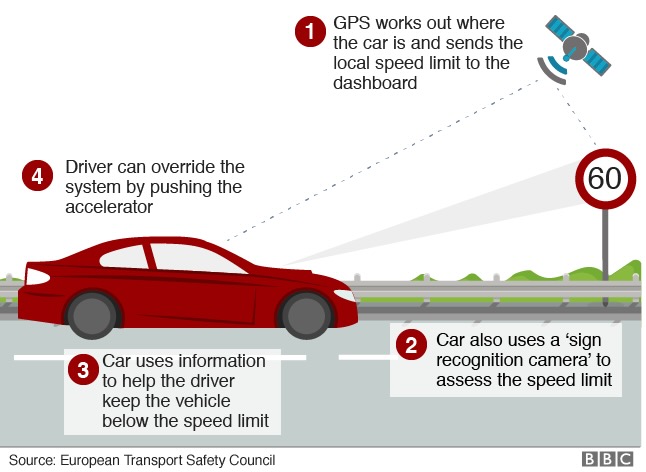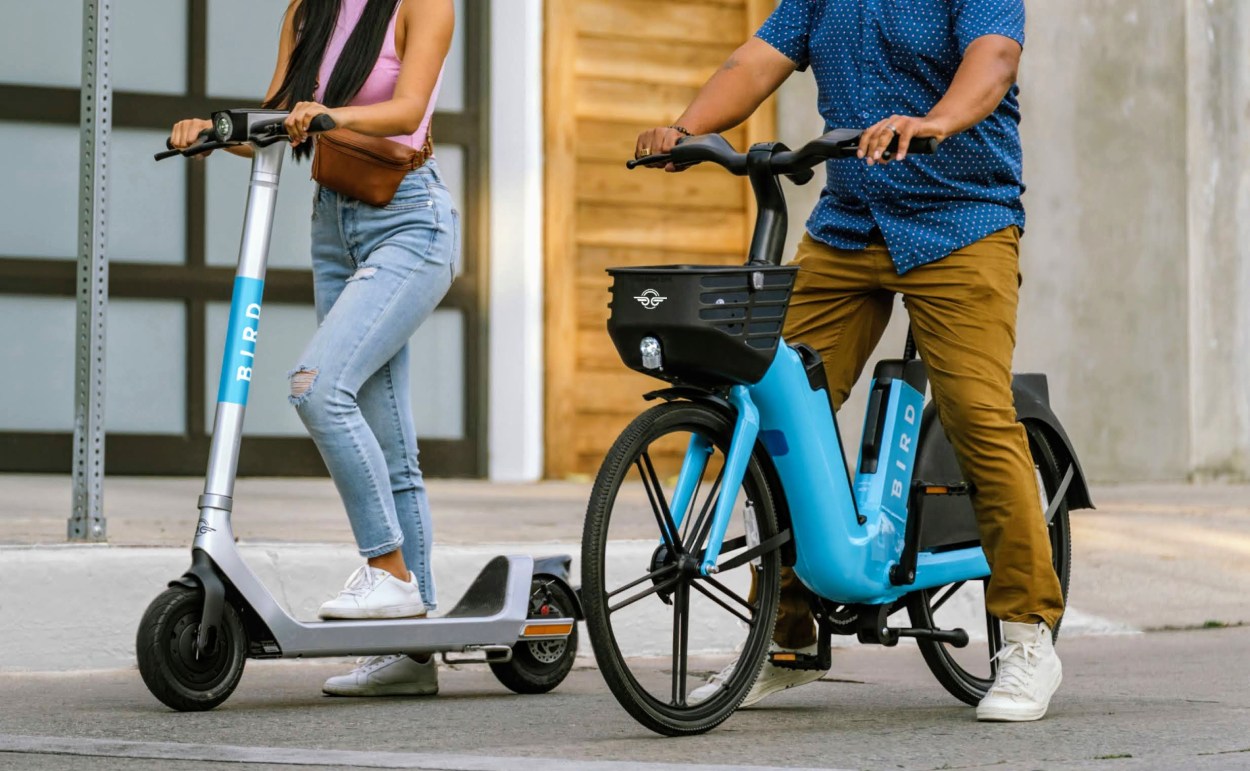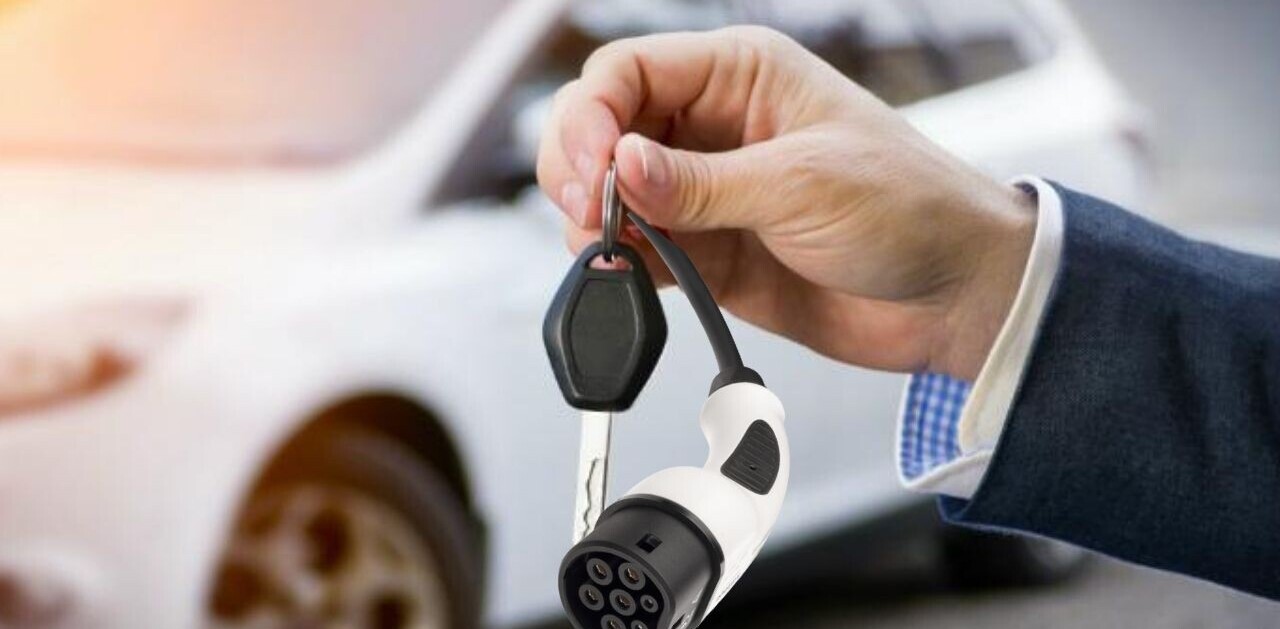
Late last week, the City of New York announced a revolutionary way to curb the problem of speeding using speed limiters. It’s not only a first for the city, but a massive upgrade on efforts rolled out this year in Europe.
As part of a new six-month pilot program, 50 city fleet vehicles are fitted with active intelligent speed assistance (ISA), which restricts a vehicle’s maximum speed, preventing it from exceeding local speed limits.
If successful, the City of New York will extend the initiative across the City’s entire 30,000 vehicle fleet, which includes fire engines, police cars, sanitation trucks, street pavers, and passenger vehicles, spread across 60 agencies.
At the launch event, however, Mayor Adams clarified that emergency vehicles and his own vehicle are exempted from the technology, “But how my vehicles are used is determined by the police department dealing with the safety apparatus. They make that determination.”
What is a speed limiter, and how does it work?
A speed limiter (also called a speed governor or Intelligent Speed Assistant) is designed to prevent a vehicle’s speed from exceeding a certain threshold.

Intelligent Speed Assistants use traffic-sign recognition cameras or a GPS map-linked system to detect speed signs. The system alerts the driver if they go over the speed limit, and in the case of active systems, if they fail to slow down, it limits the engine’s torque, reducing the vehicle’s speed.
Active vs Passive ISAs
There are two modalities of ISA: active and passive.
With the active system, if the operator of a fleet vehicle attempts to drive over the local speed limit, the ISA technology activates and slows the vehicle down automatically.
Alternately, the passive system alerts drivers when driving above the speed limit.
Wait, aren’t speed limiters already a thing in ebikes and escooters?

They are. Hire scheme escooter operators can already moderate speed levels. For example, most riders start out in beginner mode at a reduced speed.
There are also variations in terms of location and time of day. In Paris, escooters are capped at 10kmph (6mph) close to tourist areas, while London’s current escooter trial caps their speed at 19.3kmph (12.5mph).
The London trial also features ‘no-go zones’ where escooters come to a complete stop, and Slow Speed Zones where electric scooters automatically decelerate to a walking speed of 12.8kmph (8mph).
Ebike speed limits vary in the US and Europe depending on the classification of the type of bike – check out this guide for more info. It’s worth noting that while not advisable, it’s also possible to remove an ebike’s speed limiter.
So, why is it not a thing in all cars?!
It’s coming. In 2019, the EU passed legislation requiring all new vehicles to have an Intelligent Speed Assistance limiter. This is despite resistance from the European Automobile Manufacturers Association.
From July 2022, ISAs became mandatory in Europe on all new-model cars, vans, trucks, and buses. From July 2024 onwards, OEMs must equip every new vehicle sold in the EU with an ISA system.
This includes incorporating an event data recorder that logs driving data. The data could determine if a driver was manually overriding the speed limiter in the case of an accident.
There are no legal moves to make ISA compulsory in US vehicles. However, many automakers have introduced them as part of their broader ADAS offerings.
Already installed In trucks, speed limiters in gas-powered truck engines to help reduce carbon emissions. And, as driving fast burns more fuel, a speed limiter can help lower fuel costs.
Active ISAs could potentially also help mitigate the impact of vehicle ramming in built-up urban areas, such as city centers and during parades and markets.
But there’s a downside.
Unfortunately, the EU’s speed limiters are not all that limiting
The EU regulators have opted for passive speed limiters. These alert the driver audibly or visually to the speed limit and when they have exceeded it. They do not automatically slow down the car and the driver can manually override the system.
The European Transport Safety Council has repeatedly pointed out that drivers find an audible warning irritating with a tendency to switch off the speed limiter. It asserts that “haptic feedback”, which uses increased force feedback on the accelerator control or engine reduction, are the only effective speed limiters.
Further, according to HERE Technologies, ISA systems that only use onboard cameras to capture speed limits from signs may not be able to meet the ISA regulation test criteria. Signs can be visually obscured, and many speed limits are not explicitly signposted.
So while ISAs are not mainstream in the US, the City of New York’s trial does more to reduce speed than the EU’s passive efforts. Even escooters are subject to more limitations with their active speed limiters than cars in Europe! And that leaves me feeling damn uneasy.
Get the TNW newsletter
Get the most important tech news in your inbox each week.




